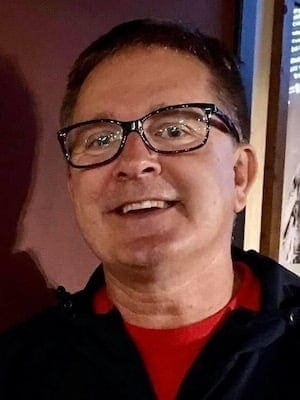Every morning at 7:15, the doors of our school open wide to a line of bus riders ready to come inside.
“Hello, Jaheem. Hi, Kiara. Hey, Imani. Hope you’re having a good day, Omar,” I call out as the students walk past me to the cafeteria for breakfast.
I stand at the doors for a moment and watch the big, yellow buses puff their diesel exhaust and chug their way to the garage until it’s time for their afternoon run.
Is there a more universal symbol for public schools than a big, yellow school bus?
There was a time in the 1940s when the school buses were not so universal. In fact, the Brown v. Board of Education lawsuit began with a school bus in South Carolina.
I was getting my master’s degree before I took a civil rights course and learned of Levi Pearson and his determination to get seats on school buses for his children and all the other African-American students.
The first chapter of Richard Kluger’s monumental book “Simple Justice,” which is about the Brown decision, outlines the steps to the case.
In 1947, about 74 percent of the 8,906 public school students in Clarendon County, S.C., were black. There were 30 school buses in the county. All of them were used for white students.
When the African-American community asked the superintendent of schools to provide bus transportation for their children, he explained that black citizens didn’t pay much in taxes and it wasn’t fair for white citizens to pay for buses for black children.
So on July 28, 1947, Pearson, a farmer, legally petitioned the superintendent, asking for school buses for African-American children.
His three children had to walk to school each day while their white counterparts in school buses passed them by in clouds of dust. The petition was met with months of silence.
On March 16, 1948, attorneys Harold Boulware and Thurgood Marshall filed a brief in United States District Court in Florence County, S.C., asking the court to prohibit the Clarendon County School District from “making a distinction on account of race and color.”
Pearson v. County Board of Education would eventually evolve into Briggs v. Elliott and then into Brown v. Board of Education.
I want my students to know the courage and commitment of people like Pearson so they can find their own dedication and determination to build a better community.
I want them to have schools where they’re encouraged to be all that they can become. I want them to stay on the bus and keep moving forward.
TrevorBarton teaches second grade and is a member of First Baptist Church in Greenville, S.C.
A fourth grade public school teacher and member of First Baptist Church in Greenville, South Carolina.

